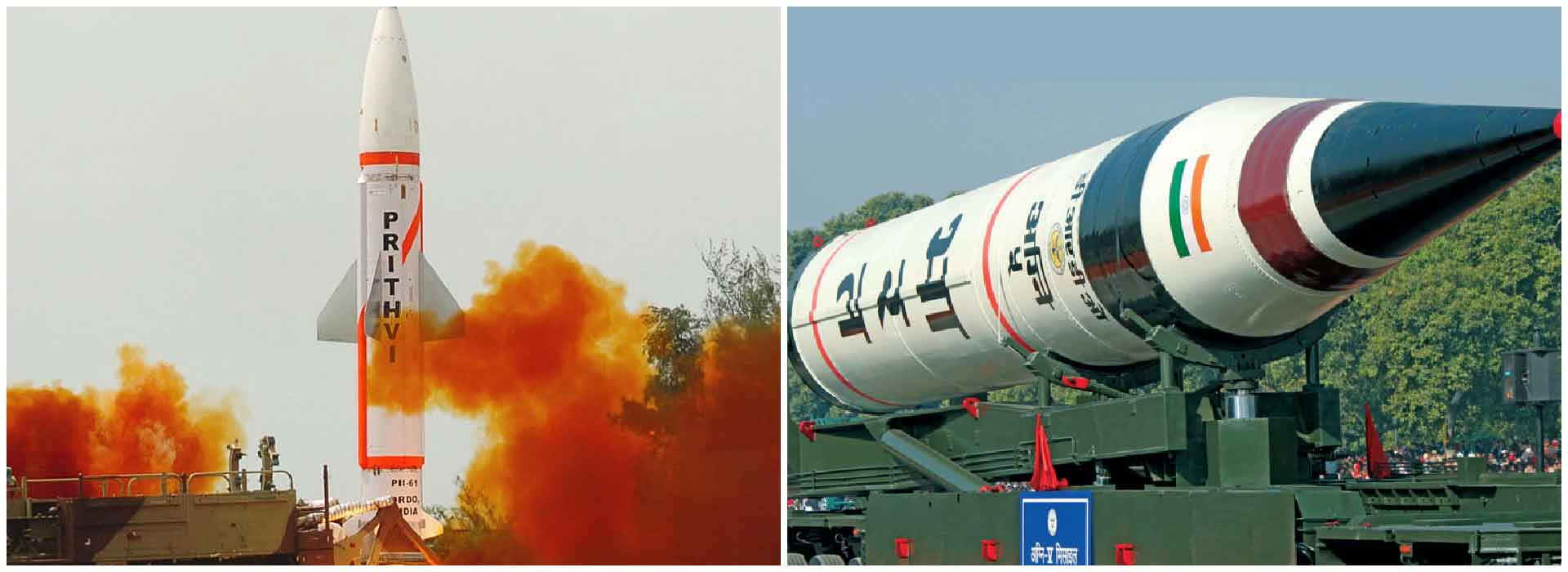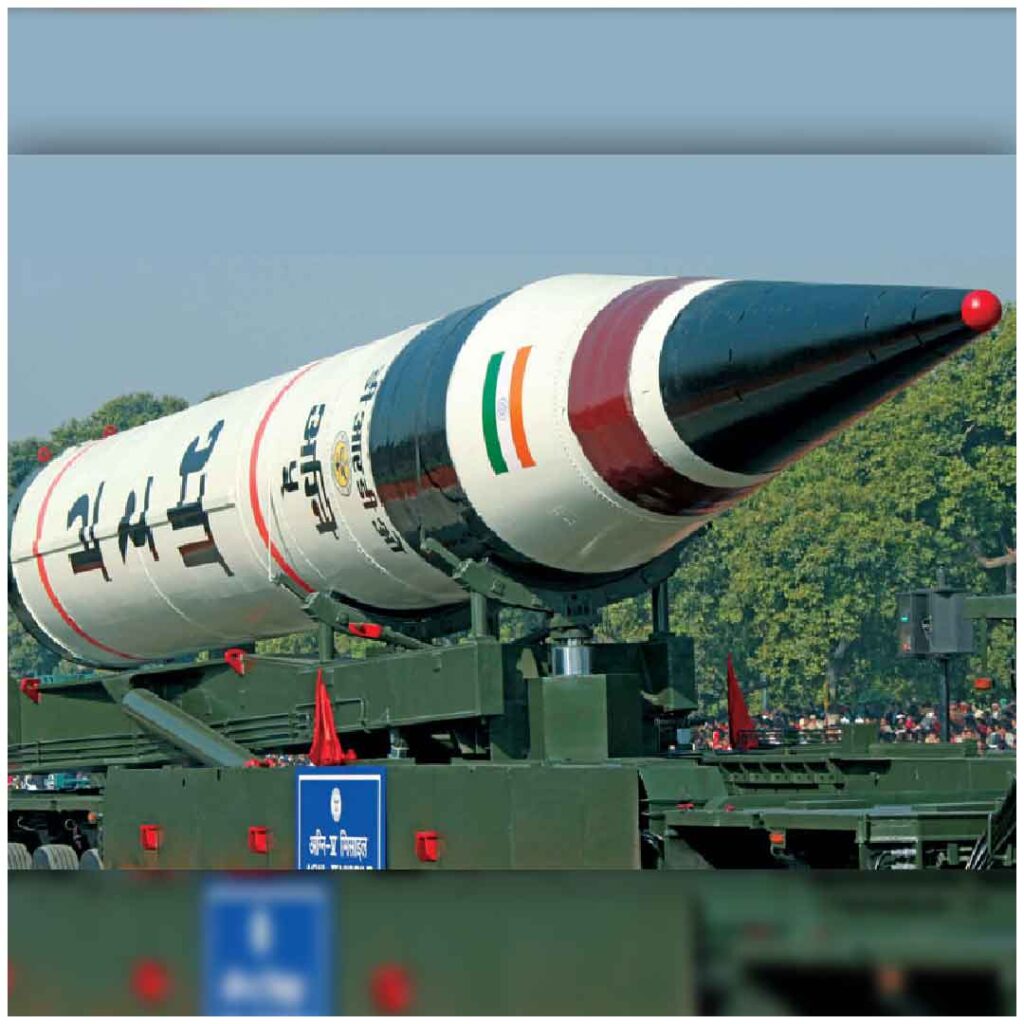SIPRI report reveals India has more nuclear weapons than Pakistan, China remains ahead

The Stockholm International Peace Research Institute (SIPRI) recently released a comprehensive report shedding light on the global distribution of nuclear weapons. One of the standout revelations from this report is that India now possesses more nuclear weapons than Pakistan. Despite this significant development, China continues to maintain its lead in the region. In this article, we'll delve into the details of the SIPRI report, explore the implications of these findings, and understand what this means for the geopolitical landscape in South Asia.
Understanding SIPRI's Findings
The SIPRI report is a trusted source of information on global arms, disarmament, and international security. The latest edition of the report provides an in-depth analysis of nuclear arsenals across the globe, focusing on the numbers, advancements, and strategies of nuclear-armed states.

India Surpasses Pakistan
According to the SIPRI report, India has overtaken Pakistan in the number of nuclear warheads. As of the report's release, India is estimated to have around 160 nuclear warheads, while Pakistan has approximately 165. This marks a shift in the balance of nuclear power in South Asia, where these two neighboring countries have long been in a strategic arms race.
China's Dominance
While India has made strides, China remains significantly ahead with a much larger arsenal. The report estimates that China possesses around 350 nuclear warheads, positioning it as the dominant nuclear power in the region. China's arsenal is not only larger but also more advanced, with a growing number of modern delivery systems.
Implications for South Asia
The revelation that India now has more nuclear weapons than Pakistan has far-reaching implications for the region. Let's explore some of the key impacts.
Strategic Stability
The balance of nuclear power between India and Pakistan has long been a critical factor in maintaining strategic stability in South Asia. Both countries have historically adopted a policy of credible minimum deterrence, aiming to maintain a deterrent against each other without engaging in an arms race. However, the latest SIPRI report suggests that this balance is shifting, potentially altering the strategic calculus in the region.
Deterrence Dynamics
With India now possessing more nuclear weapons, the dynamics of deterrence could change. India may feel more confident in its nuclear posture, while Pakistan might perceive an increased threat, prompting it to enhance its own capabilities. This could lead to a renewed arms race, which would have significant implications for regional security.
Diplomatic Efforts
The findings of the SIPRI report could also impact diplomatic efforts aimed at nuclear disarmament and non-proliferation in the region. India and Pakistan have both been reluctant to join the Treaty on the Non-Proliferation of Nuclear Weapons (NPT) as non-nuclear-weapon states, citing security concerns. The new data may either complicate or drive diplomatic initiatives to address nuclear risks in South Asia.
The Global Context
While the focus is often on the regional implications, it's essential to consider these findings in the broader global context. The SIPRI report highlights trends and developments in nuclear arsenals worldwide, offering insights into the state of global nuclear disarmament.
Modernization of Arsenals
One notable trend in the SIPRI report is the modernization of nuclear arsenals by all nine nuclear-armed states. This includes the development of new delivery systems, improvements in warhead design, and the deployment of advanced missile defense technologies. Both India and China are investing heavily in modernizing their nuclear capabilities, which has implications for global security.
Arms Control Agreements
The report also underscores the challenges facing global arms control agreements. With key treaties like the Intermediate-Range Nuclear Forces (INF) Treaty no longer in force and the future of the New START Treaty uncertain, the global arms control regime is under significant strain. The growing arsenals in South Asia add another layer of complexity to efforts to achieve meaningful arms control agreements.
What Lies Ahead?
The SIPRI report provides a snapshot of the current state of nuclear arsenals, but what does the future hold? Here are some potential developments to watch:
India's Nuclear Doctrine
India's nuclear doctrine, which emphasizes credible minimum deterrence and a no-first-use policy, could evolve in response to the changing regional dynamics. There may be debates within India about whether to revise its nuclear posture to reflect its growing capabilities and perceived threats.
Pakistan's Response
Pakistan is likely to respond to India's growing arsenal by enhancing its own capabilities. This could include the development of new delivery systems, the expansion of its warhead stockpile, and the pursuit of more advanced technologies to ensure the credibility of its deterrent.
China's Strategic Goals
China's continued investment in its nuclear arsenal suggests a long-term strategy to assert its dominance in the region and beyond. China's advancements in missile technology, including hypersonic weapons, are likely to shape the strategic environment in Asia and influence the policies of other nuclear-armed states.
International Efforts
The international community, including organizations like SIPRI, will continue to monitor and analyze these developments. Diplomatic efforts to promote nuclear disarmament and prevent the proliferation of nuclear weapons will remain crucial. The findings of the SIPRI report could serve as a catalyst for renewed dialogue on arms control and regional security.
Conclusion
The SIPRI report's revelation that India now has more nuclear weapons than Pakistan, while China remains ahead, is a significant development in the realm of global security. This shift in the nuclear balance of power in South Asia has far-reaching implications for regional stability, deterrence dynamics, and international diplomatic efforts. As the global community grapples with the challenges of nuclear modernization and arms control, the findings of the SIPRI report underscore the importance of continued vigilance and dialogue to prevent the escalation of nuclear risks.
Click to read the full article






